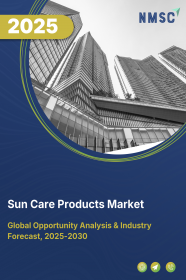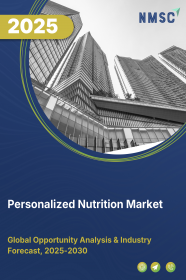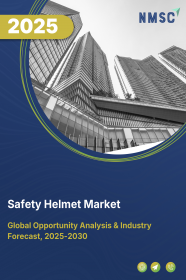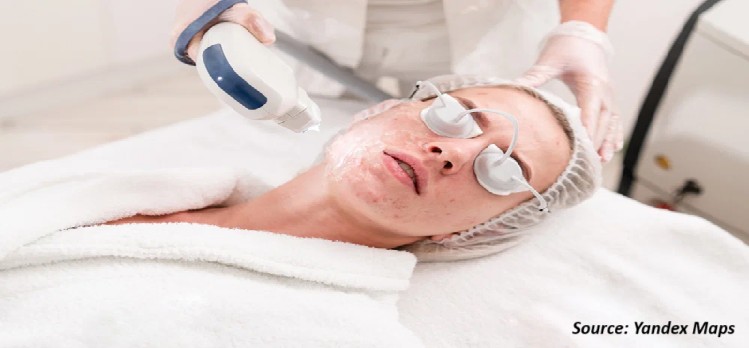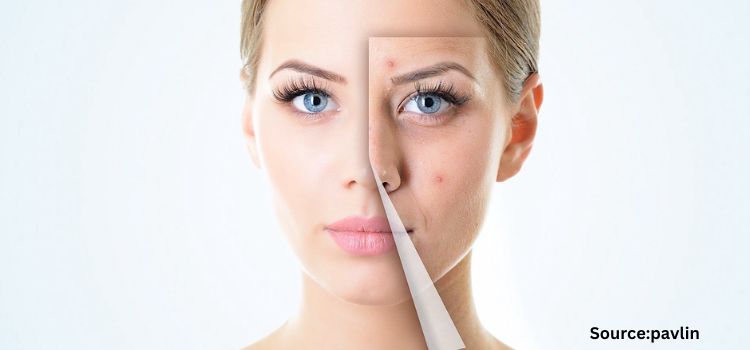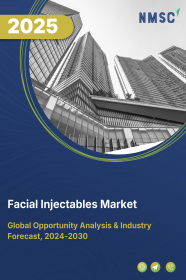
Facial Injectables Market by Product Type (Botulinum Toxin, Dermal Fillers, Combination Product, Platelet-Rich Plasma, and Other Injectables), by Application (Wrinkle Reduction, Facelift, Acne Scar Treatment, Lipoatrophy Treatment, Lip Enhancement, and Others), by Gender (Male and Female), by Age Group (18-30, 30-50, 50 and above), and Others – Global Opportunity Analysis and Industry Forecast 2025–2030
US Tariff Impact on Facial Injectables Market
Trump Tariffs Are Reshaping Global Business
Facial Injectables Market Overview
The global Facial Injectables Market size was valued at USD 12.91 billion in 2024 and is predicted to reach USD 23.19 billion by 2030 with a CAGR of 10.3% from 2025-2030.
Facial injectables also known as dermal fillers market is driven by increasing aging population globally, boosting disposable income and surging demand for aesthetic procedures. Large numbers of players are focusing on numerous business tactics such as product launches and collaborations to maintain their dominance in the industry.
Examples of such key players include AbbVie Inc, Merz Pharma GmbH & Co. KGaA and Sinclair Pharma Limited. Despite its growth, it is affected by complicated regulatory compliance and trials that exist in the industry. At the same time, integration of augmented reality with facial aesthetics promises to open up its future to one that is so promising.
Increasing Aging Population Drives the Market Growth
The market continues to be driven by the globalization of aging population as wrinkles, fine lines, and volume loss becomes more apparent with age. Such demographic shift fuels demand for effective non-surgical solutions to such issues, thereby boosting the dermal fillers industry. The World Population Prospect 2022 report states that the 65 and above population is projected to rise from 10% in 2022 to 16% in 2050.
Boosting Global Disposable Income Propels the Facial Injectables Market Demand
The use of facial injectables is facilitated by rising worldwide disposable incomes, that empower a greater proportion of the population to spend on aesthetic treatment. With increasing financial stability, people opt for aesthetic procedures such as dermal fillers to look and stay young, thus creating a bigger market for the dermal fillers industry.
The U.S. Energy Information Administration published a report in 2023 that shows global household disposable income is projected to grow within the following years from a figure of 2022 of USD 10,136 to high as USD 11,862 within 2030 with an increment of 17% within the time scale of 8 years.
Surging Demand for Aesthetic Procedures Spurs the Facial Injectables Market Growth
Increased demand for aesthetic procedures drives the market as most people opt for minimally invasive solutions to rejuvenate their facial look and achieve a youthful appearance. Such cultural awareness results in broader adoption of facial injectables across various age group driving the growth of dermal filler industry.
A report by ISAPS in 2023 shows 34.9 million aesthetic procedures, up from 33.7 million in 2022, a 3.5% increase. Non-surgical procedures rose from 13.8 million in 2022 to 14.7 million in 2023, a 6.5% growth.
Complicated Regulatory Trials Hinders the Facial Injectables Market Expansion
Strict rules and different legal standards govern the facial injectables industry, and it prolongs the approval of the newly innovated facial injectable, thereby limiting the choices of customers and thus impeding the growth of the market.
Integration of Augmented Reality in Facial Aesthetics Creates Opportunities
The facial aesthetics market is anticipated to generate tremendous growth opportunity in the face of integration of AR. This helps to analyze facial features of the patients and predict outcomes. For example, Galderma S.A. released FACE in March 2023. FACE is a revolutionary aesthetic visualisation tool, powered by AR, allowing the aesthetic practitioner to assess the patient's face, skin quality, facial shape, and emotional expression. These innovations aim to reduce patient concerns about injectable results giving patients a simulated real-time pre and post visual.
Market Segmentations and Scope of the Study
The facial injectables market report is segmented on the basis of product type, application, gender, end-users, and region. On the basis of product type, the market is classified into botulinum toxin, dermal fillers, combination product, platelet-rich plasma, and other injectables. Based on dermal fillers, the market is further divided into hyaluronic acid-based fillers, calcium hydroxylapatite-based fillers, poly-L-lactic acid-based fillers, and polycaprolactone-based fillers, collagen-based fillers, and polymethylmethacrylate fillers. On the basis of application, the market is divided into wrinkle reduction, facelift, acne scar treatment, lipoatrophy treatment, lip enhancement, and others. On the basis of gender, the market is segmented into male and female. On the basis of age group, the market is grouped into 18-30, 30-50, and 50 and above. On the basis of end-users, the market is segmented into cosmetic clinics, dermatology, clinics, hospitals, spas and wellness centres, and homecare settings. Regional breakdown and analysis of each of the aforesaid segments includes regions comprising of North America, Europe, Asia-Pacific, and RoW.
Geographical Analysis
North America region dominates the facial injectables market share and is expected to maintain it during the whole forecast period. This is attributed to the growing age population that is associated with increasing aging concerns such as lines and wrinkles coupled with skin loosing.
All these aging conditions result in greater demand for facial injectables as these provide a cosmetic, non-invasive, or minimally invasive solution for the maintenance of youthful appearance as a result helping the industry along.
As per the reports published in January 2024 by Population Reference Bureau, the number of Americans aged 65 years and above is summed 58 million at 2022 and this population is forecasted to grow up to 82 million by the year 2050 representing an increased market by 47%.
Also, increase in average disposable household income in the region pushes the industry for facial injectables further, driven by more expenditure in services such as cosmetic procedures that aids rejuvenation in facial aesthetics as well as looks. The increased income enables individuals to invest in such facial procedures that boosts the dermal filler industry.
According to the report published by the Bureau of Economic Analysis 2024, average disposable income in the U.S. increased from USD 16,118 in 2022 to USD 17,451 in 2024, marking an increase of 8.2% within a time span of 2 years.
In the Asia-Pacific region, growth is seen as stable for the market over the forecast period due to growing awareness of non-invasive procedures providing effective low-risk solutions with little or no downtime. Increased awareness is followed by a greater rate of adoption for injectables related to aesthetic rejuvenation and other medical needs and drives growth for the market within this region in relation to increasing receptivity towards beauty enhancements and certain medical interventions.
As reported by International Society of Aesthetic Plastic Surgery (ISAPS) in 2023, non-surgical procedures in Thailand went up by 1.2% between one year and summed at 1.70 million in 2022, increasing to 1.72 million in 2023.
In addition, the rapidly emerging health tourism sector in the region catalyzes the facial injectables industry as more clients demand affordable aesthetic treatments of great quality in medical tourism destination sites. Non-invasive procedures use botulinum toxin and dermal fillers in addressing the cosmetic concerns that enhances market growth.
The Indian Ministry of Commerce and Industry reported in October 2024 that Indian medical tourism market summed USD 7.6 billion in 2024 and is expected to reach USD 14.3 billion by 2029, with India as the global leader destinations for international patients seeking advanced treatment.
Competitive Landscape
Various key players of the facial injectables industry include Merz Pharma GmbH & Co. KGaA, Galderma S.A., AbbVie Inc., Suneva Medical Inc., Bioxis Pharmaceuticals SAS, Sinclair Pharma Limited, Revance Therapeutics, Inc., BioPlus Co., Ltd., Bloomage Biotech Co., Ltd., Medytox Inc., Teoxane, Prollenium Medical Technologies Inc., Hugel Inc, Matex Lab S.p.a., Zimmer Aesthetics, among many others. These market players involved in the market are using different strategies such as product launches and collaborations to maintain their dominance.
For example, in October 2024, AbbVie Inc launched Juvederm Voluma XC, hyaluronic acid dermal filler indicated for use in cheeks, chin and jawline in adults to provide long lasting and natural feel. This aims to complement the company’s temple collection.
In July 2024, Merz Pharma GmbH & Co. KGaA launched its neurotoxin XEOMIN for treating upper face lines. This development shows the continuous research and development in the domain of face injectables.
In October 2023, Sinclair Pharma Limited signed a licensing agreement with ATGC Co., Ltd. to globally develop and promote botulinum toxin. This development shows the company's intention to diversify its product portfolio.
Key Benefits
-
The report provides quantitative analysis and estimations of the facial injectables industry from 2025 to 2030, which assists in identifying the prevailing market opportunities.
-
The study comprises a deep-dive analysis of the current and future facial injectables market trends to depict prevalent investment pockets in the market.
-
Information related to key drivers, restraints, and opportunities and their impact on the market is provided in the report.
-
Competitive analysis of the players, along with their market share is provided in the report.
-
SWOT analysis and Porters Five Forces model is elaborated in the study.
-
Value chain analysis in the market study provides a clear picture of roles of stakeholders.
Facial Injectables Market Key Segments
By Type
-
Botulinum Toxin
-
Dermal Fillers
-
Hyaluronic Acid-Based Fillers
-
Calcium Hydroxylapatite-Based Fillers
-
Poly-L-Lactic Acid-Based Fillers
-
Polycaprolactone-Based Fillers
-
Collagen-Based Fillers
-
Polymethylmethacrylate (PMMA) Fillers
-
-
Combination Products
-
Platelet-Rich Plasma
-
Other Injectables
By Application
-
Wrinkle Reduction
-
Facelift
-
Acne and Scar Treatment
-
Lipoatrophy Treatment
-
Lip Enhancement
-
Others
By Gender
-
Male
-
Female
By Age Group
-
18-30
-
30-50
-
50 and above
By End-Users
-
Cosmetic Clinics
-
Dermatology Clinics,
-
Hospitals,
-
Spas and Wellness Centres
-
Homecare Settings
By Region
-
North America
-
The U.S.
-
Canada
-
Mexico
-
-
Europe
-
The U.K.
-
Germany
-
France
-
Italy
-
Spain
-
Denmark
-
Netherlands
-
Finland
-
Sweden
-
Norway
-
Russia
-
Rest of Europe
-
-
Asia-Pacific
-
China
-
Japan
-
India
-
South Korea
-
Australia
-
Indonesia
-
Singapore
-
Taiwan
-
Thailand
-
Rest of Asia-Pacific
-
-
RoW
-
Latin America
-
Middle East
-
Africa
-
Key Players
-
Merz Pharma GmbH & Co. KGaA
-
Galderma S.A.
-
AbbVie Inc.
-
Suneva Medical Inc.
-
Matex Lab S.p.a
-
Bioxis Pharmaceuticals SAS
-
Sinclair Pharma Limited
-
Revance Therapeutics, Inc.
-
BioPlus Co. Ltd.
-
Bloomage Biotech Co. Ltd.
-
Medytox Inc.
-
Teoxane
-
Prollenium Medical Technologies Inc.
-
Hugel, Inc.
-
Zimmer Aesthetics
REPORT SCOPE AND SEGMENTATION:
|
Parameters |
Details |
|
Market Size in 2024 |
USD 12.91 billion |
|
Revenue Forecast in 2030 |
USD 23.19 billion |
|
Growth Rate |
CAGR of 10.3% from 2025 to 2030 |
|
Analysis Period |
2024–2030 |
|
Base Year Considered |
2024 |
|
Forecast Period |
2025–2030 |
|
Market Size Estimation |
Billion (USD) |
|
Growth Factors |
|
|
Countries Covered |
28 |
|
Companies Profiled |
15 |
|
Market Share |
Available for 10 companies |
|
Customization Scope |
Free customization (equivalent to up to 80 working hours of analysts) after purchase. Addition or alteration to country, regional, and segment scope. |
|
Pricing and Purchase Options |
Avail customized purchase options to meet your exact research needs. |







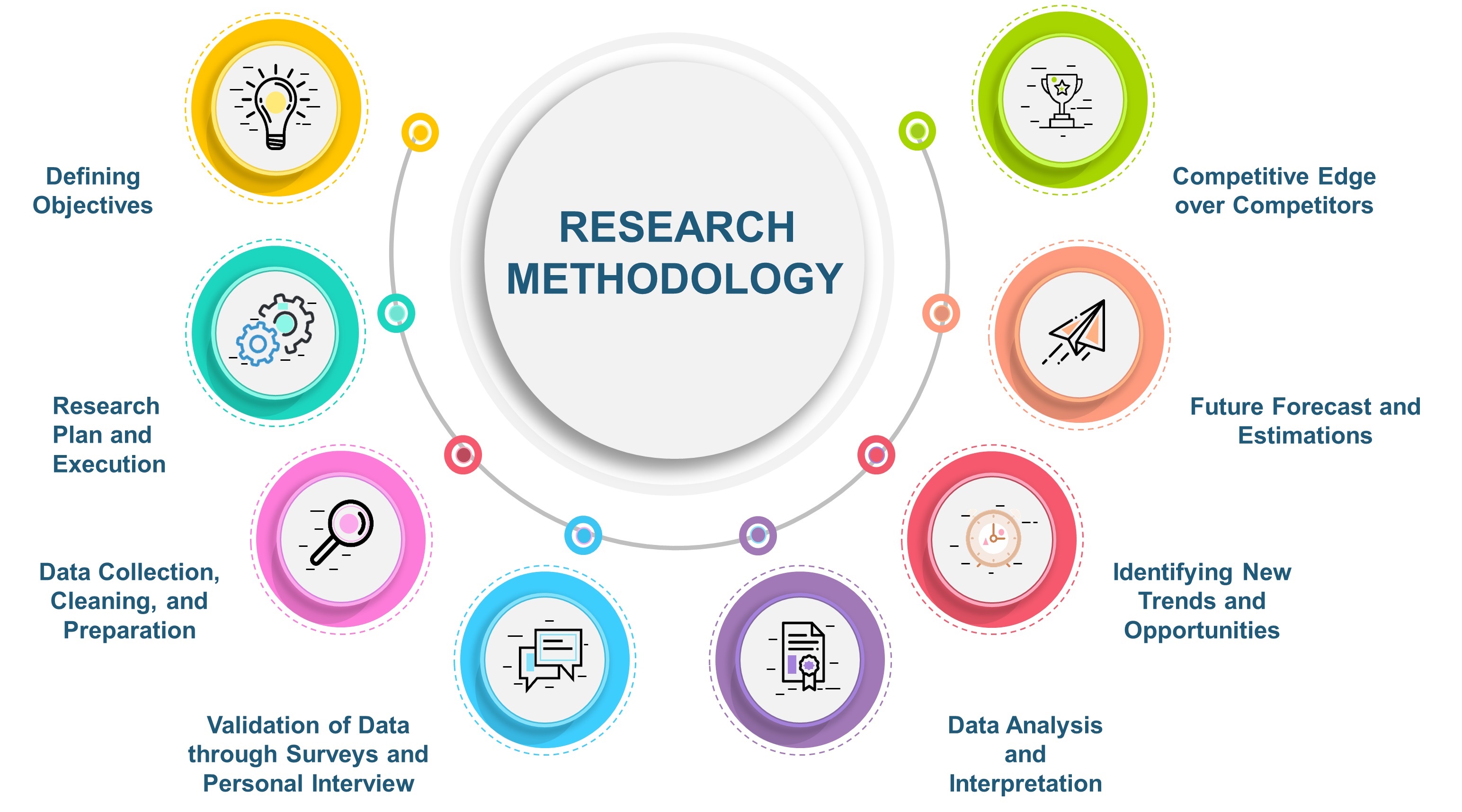
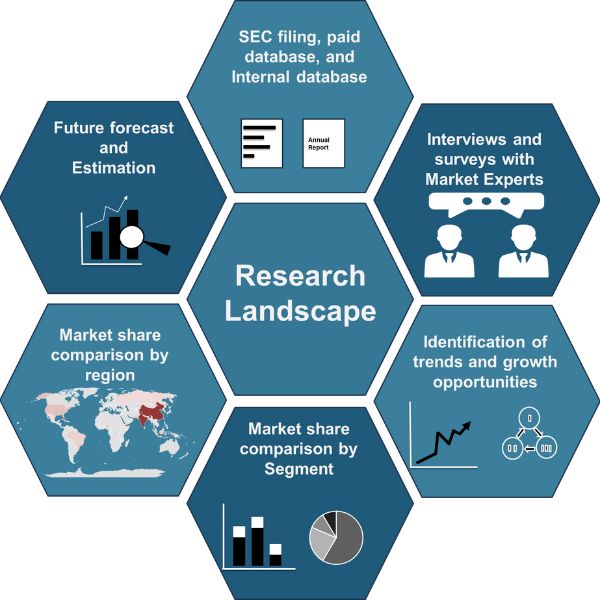
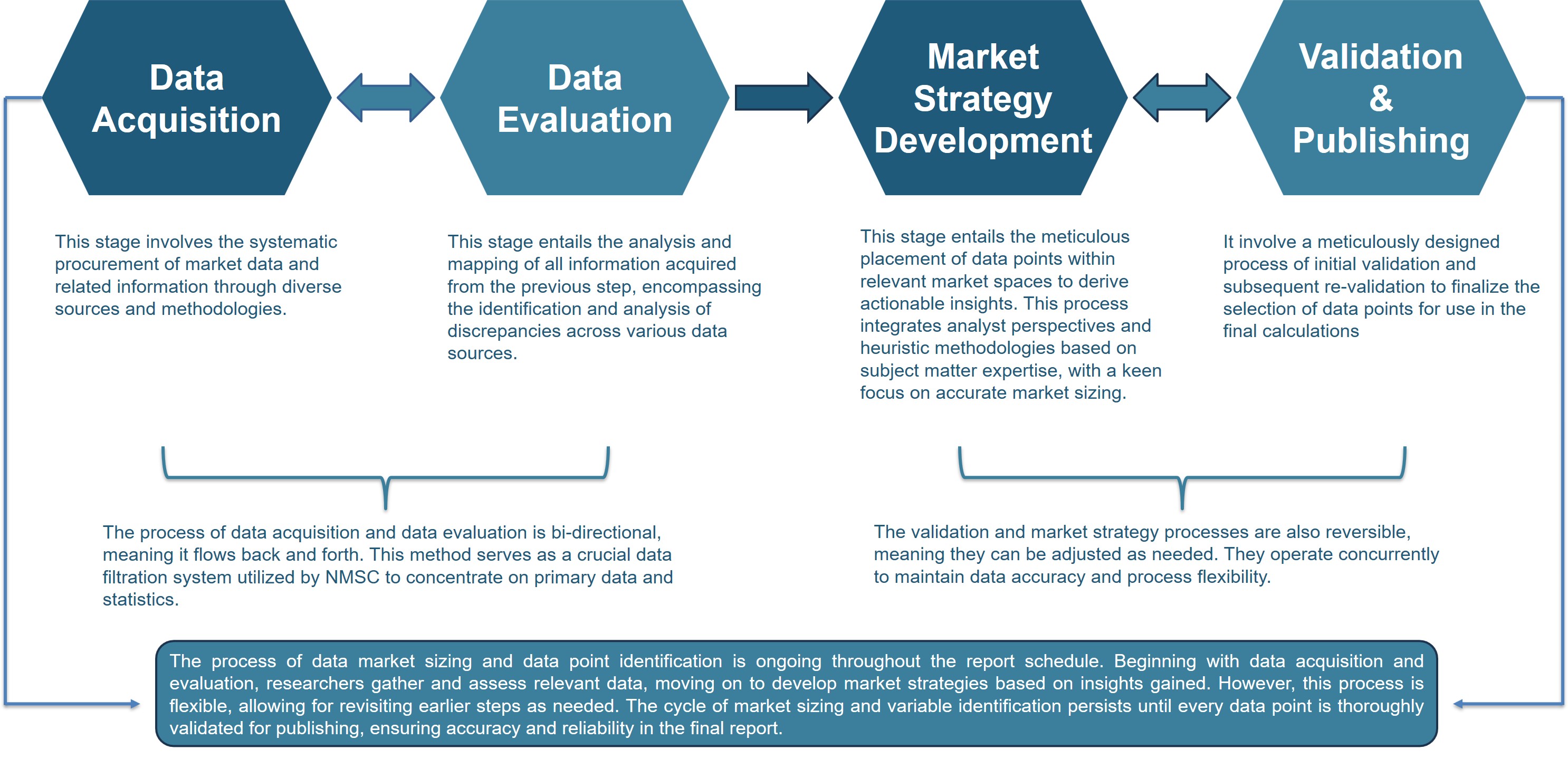
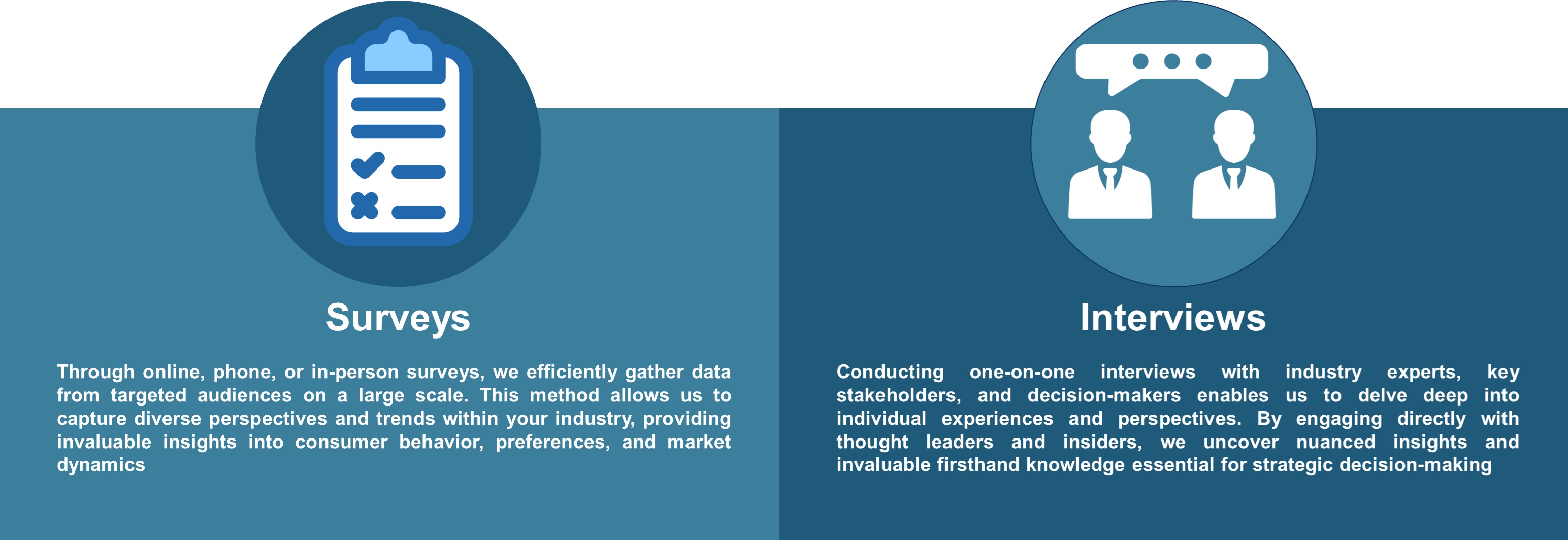


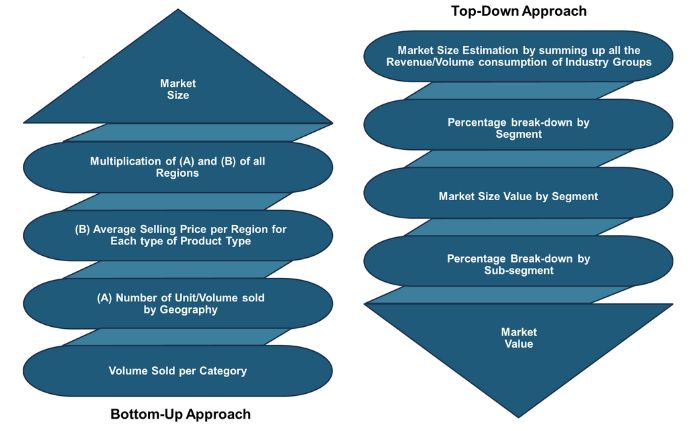
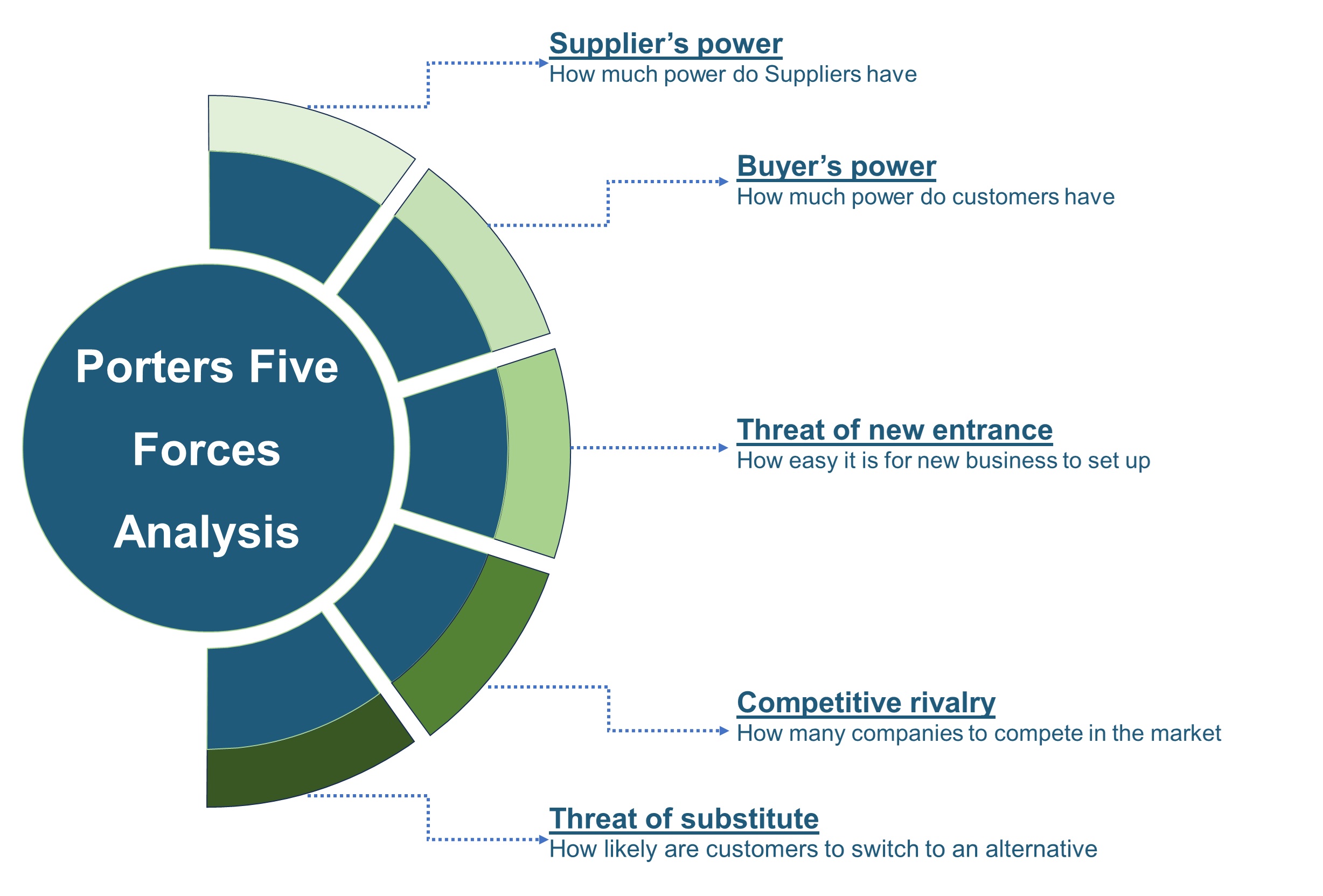


 Speak to Our Analyst
Speak to Our Analyst



